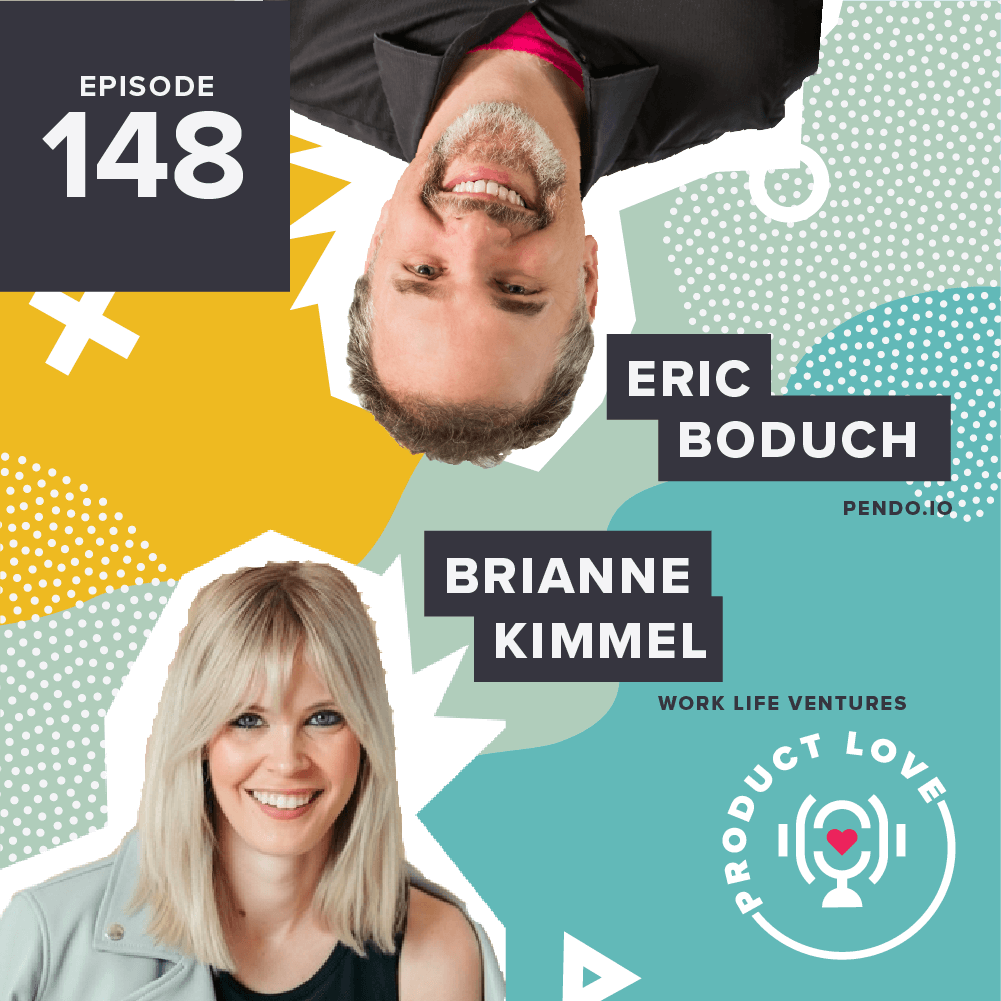Product Love Podcast: Daniel Elizalde, VP and Head of IoT Products at Ericsson
This week on Product Love, I sat down with Daniel Elizalde, the VP and Head of IoT Products at Ericsson. He’s helped train over a thousand product professionals and teaches his own course at Stanford’s Continuing Studies program. It’s probably safe to say that Daniel’s an expert on all things IoT.
A lot of PMs might not think of IoT product management as relevant to them. In fact, they might even think of product management as something that’s restricted to the B2B tech space. However, product managers exist in all industries, from consumer products to hospitality to medical devices.
IoT products are usually depicted as smart fridges, smart coffee makers, and toasters that somehow have the ability to text you. But that’s just the tip of the iceberg. Many companies are making their products more connected and complex. As a result, the role of the IoT product manager is getting more complicated.
On this week’s episode, Daniel shares how product management has changed over the last twenty years, what his decision-making framework entails, and the four pillars of product leadership.
The IoT Decision Framework
How do IoT product managers even begin to organize their thoughts?
Let’s face it: IoT products are complex, with multiple layers and specific challenges. Luckily, Daniel has used his knowledge and experience to build a comprehensive decision framework focused on IoT products.

The IoT decision framework provides a structured approach for identifying challenges and uncovering the necessary questions to ask. The framework contains two parts. On the horizontal axis, there’s the IoT Technology Stack. The Stack includes five layers: device hardware, device software, communications, cloud platform, and cloud applications. For context, SaaS applications typically only include two layers: cloud platform and cloud applications.
On the vertical axis lies the six decision areas to consider: UX, data, business, technology, security, and standards and regulations. The way it works is that each decision area has to be evaluated at each layer of the IoT Technology Stack to ensure consistency. Daniel uses virtual reality glasses as an example. As this product travels through the framework, many questions will arise to challenge it. Does the business model support virtual reality glasses? Are there any security implications with using virtual reality glasses?
There are so many cool things about this tool, but what’s special about the entire framework is how it creates a shared team language. A single product manager can’t complete the entire framework — each decision area warrants a lengthier discussion and collaboration.
The Four Pillars of Product Leadership
Plenty of think pieces wax poetic about all the things product managers should do and not do. To simplify things, Daniel has distilled product leadership down to four core pillars.
The first one is soft skills. A product manager’s most important skill is the ability to communicate with others effectively. In IoT, this is especially important, as the scope is so big. Product managers must be able to break down complex problems into simple language that can be shared and understood.
The second skill is business acumen. Product management is a business role because PMs must provide value to the company and to the customer. The third is domain knowledge. Understanding your industry, the competitive landscape, and upcoming trends is important to long-term success in a PM role.
Last but not least are technical skills. While Daniel says the PM role is a business position, technical knowledge remains important. Product managers must understand how their product is being built. While they don’t need to be coding, they do need to understand how the pieces fit together. Also, having technical skills allows product managers to communicate with engineering and design teams.
Want to learn how Daniel created this decision framework, and why IoT is just like B2B SaaS? Check out the episode above. Remember to subscribe on iTunes and leave a review.


